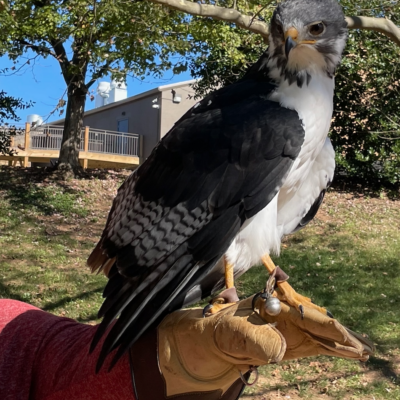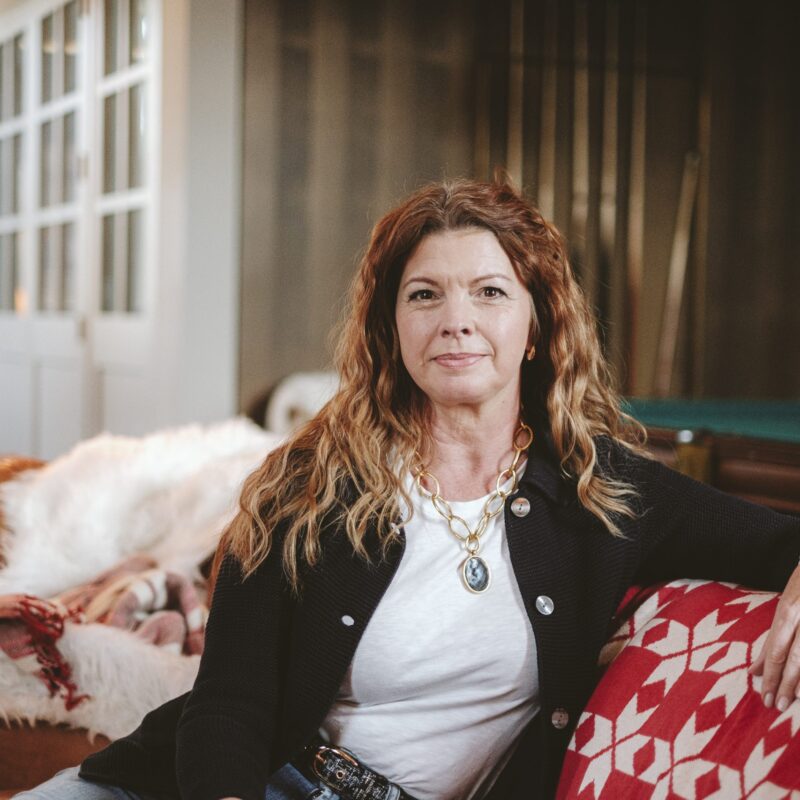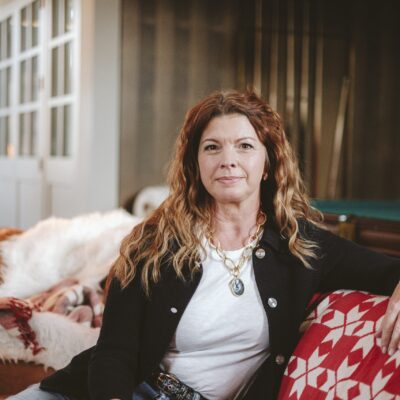“I picked up something in Bhutan that I haven’t been able to kick,” the photographer Steve Winter said last week. By the time we were done speaking, it was unclear whether he had been talking about a fever, or some contagious disease identifiable only by the afflicted’s unwavering dedication to enormous feline species.
|
“I try to find ways to help get the word out to the population of the world that there is some new science being done that could help turn the tide on the loss of some of these big cats,” says the photographer Steve Winter, who traveled to South Asia to capture this striking photograph of the endangered snow leopard. |
Winter, a veteran photographer for National Geographic, will travel from his Hoboken, New Jersey, home to lecture at the Paramount on Sunday in a LOOK3 presentation called—you guessed it—“Big Cats.” (You can see some of his photos hanging on the Downtown Mall now.) The longtime feline advocate is most noted for his recent work with the snow leopard, a threatened species in Central and South Asia.
Sometimes the best photographs are preceded by months of research and toil, and this shoot was a case in point. For the job, Winter packed 39 bags of equipment, which he lugged in on horseback to a bare bones camp at an altitude of 12,000 feet in the Himalayas. After scouting locations in with an Indian colleague, he placed cameras at various altitudes around the mountain, which were triggered when an animal tripped an infrared beam—ultimately shooting at a total of 46 locations. The whole process took seven months.
That the snow leopards are so elusive only lends itself to the magic in the photographs. Snow leopards are known as crepuscular beasts, which means they tend to wander during dusk and dawn—dark times of day call for a strong flash. All of these factors converge to make the photographs almost mystical documents of the animal’s existence: Winter’s harsh flash tends to arrest snowflakes in the air, and almost decontextualize the animals in their environment. The snow leopards look surreal, almost like dioramas at the Museum of Natural History.
“It was the hardest thing I’ve ever done, with amazing results,” Winter says. “It was a collaborative effort between myself and the snow leopard. Every one of those images was a gift.” Seven months of work produced only 16 pictures.
Winter says he doesn’t like awards—they suggest competition in a field that demands a constant spirit of collaboration—but deigns to mention a couple of accolades: BBC named him Nature Photographer of the Year last year, and World Press Photo called the snow leopard photos the best nature photos of the year. For Winter, who’s also media director for the bigger conservation group Panthera —not to be confused with the Texas thrash band Pantera—all of this work goes toward the ultimate goal of preserving endangered species. For tickets to his presentation—a mixture of jaw-dropping personal anecdote and big cat advocacy—visit www.theparamount.net.
A million words
Winter’s presentation isn’t the only event this month that lays the lie to what the folks at the Festival of the Photograph call a three-years-on, one-year-off schedule. On Saturday evening I hopped in the Honda and trekked out to Deep Rock Farm, near Sugar Hollow, for an “experimental” event called LOOKbetween, for which a list of more than 100 emerging photographers were invited to show their work. It was said to have been an offshoot of the casual salons that Michael “Nick” Nichols hosted at his home, also in Sugar Hollow, where friends gathered to share work—and which eventually gave way to the Festival.
Most of all, it was an impressive display of the kind of firepower LOOK3 has gained in its three short years. Representatives from National Geographic, Burn magazine, Lowepro, and the famed camera company Leica were all in attendance to take in the main event: on Friday and Saturday nights the photographers gave a brief slideshow of their work. Among the many highlights were photographs by frequent Virginia Quarterly Review contributor Elliott D. Woods, who showed a piece of his work-in-progress on the Zabbaleen, a group of Coptic Christians in Egypt that manage waste in Cairo. (The project is a collaboration with local multimedia journalist Jesse Dukes.)
The harsh situations in some of the photography was a far cry from their present environs, projected on an inflatable screen by a lake. After a long and lovely ride down Barracks Road, the signage was easy to miss—a painted piece of driftwood was the only indication that you’d made it to the farm, which is home to LOOK3 and SNL Financial founder Jessica Nagle. Up the gravel path these young leaders had pitched a tent city; one adventurous soul slept beneath the stars. Showers were wrapped in the photography displays that had lined the Downtown Mall for LOOK3s past. By night, the presentations had to compete with fireflies and bullfrogs. The whole thing was very…is picturesque the right word?
Correction appended: Steve Winter’s presentation is on Sunday, not Monday, as was previously reported. Visit the Paramount‘s website for more details.






